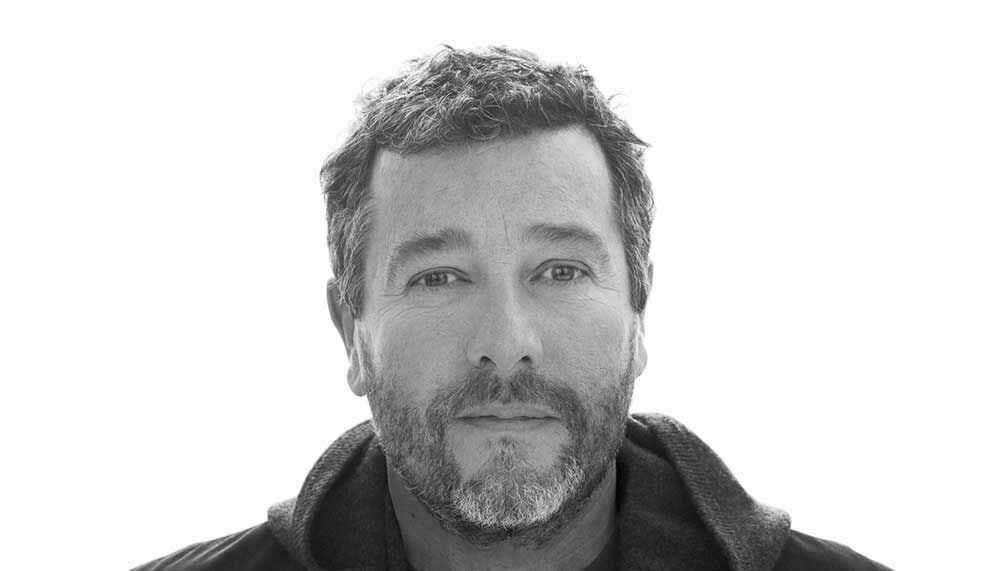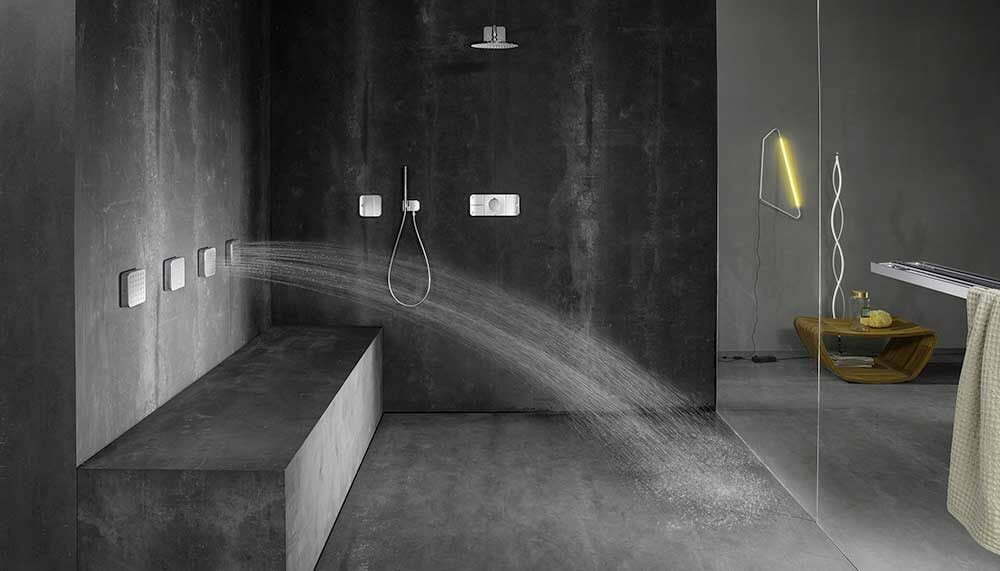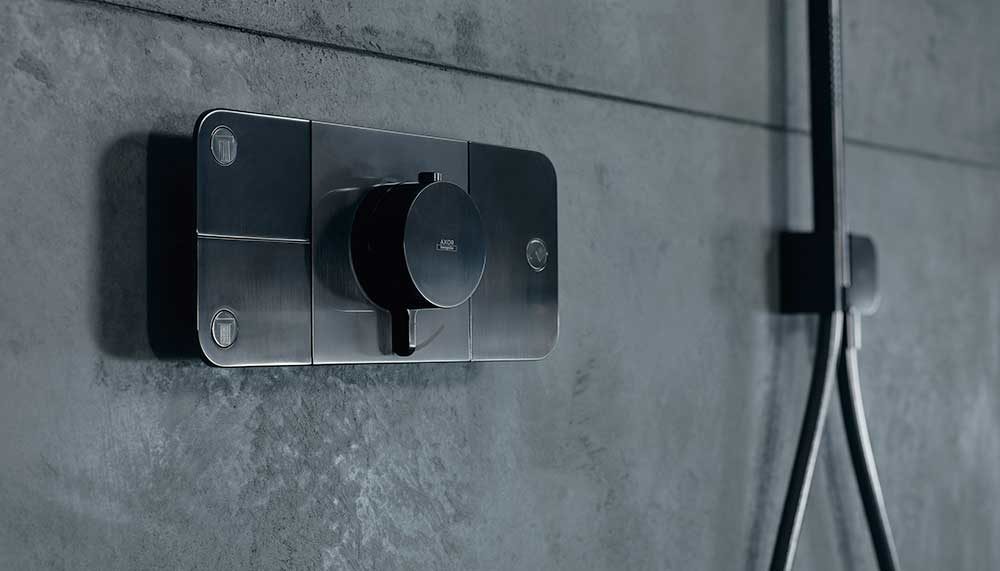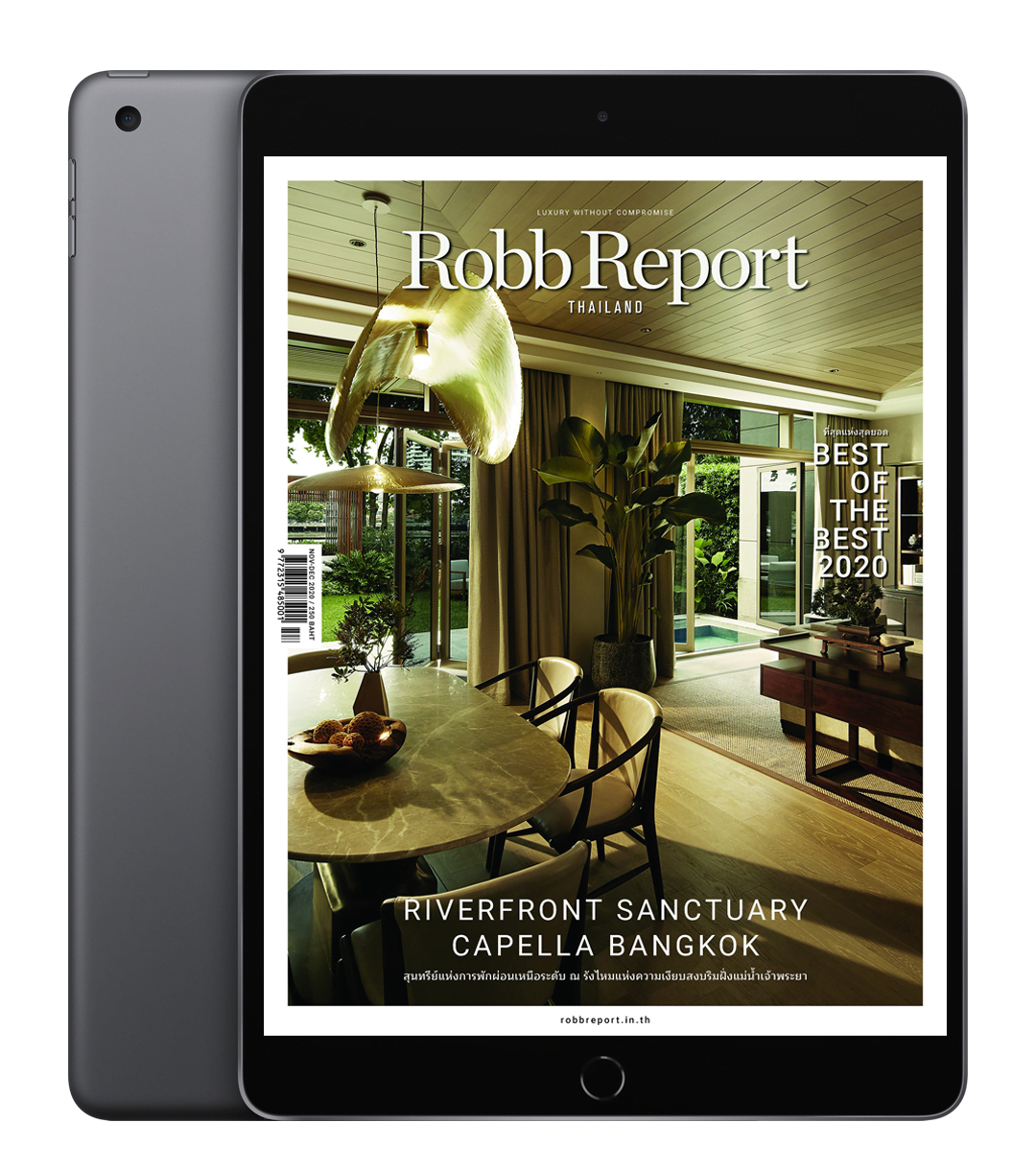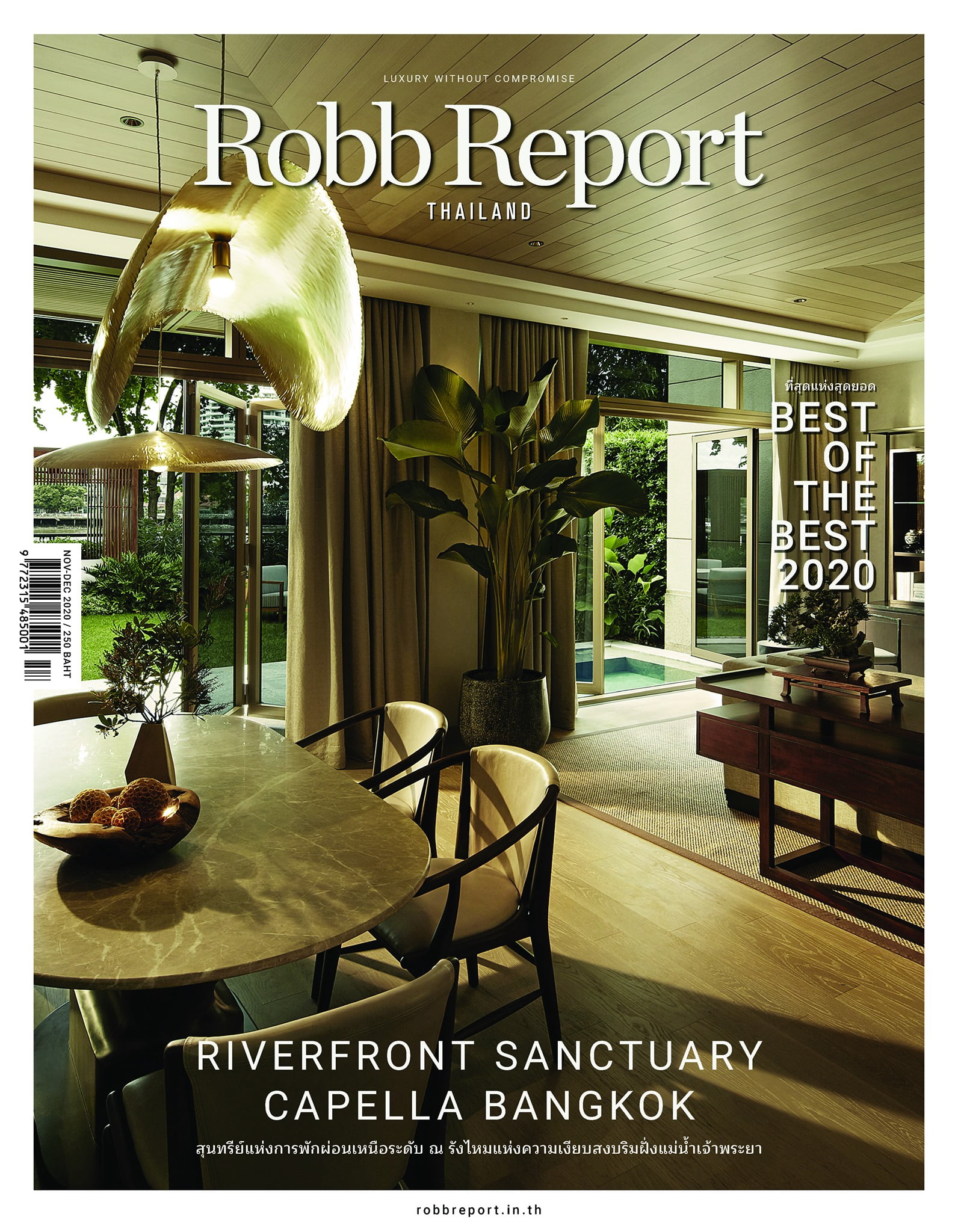From Its Sleek Bathroom Designs To Driving Asia’s Property Boom Here’s Why Hansgrohe Is at The Top Of Its Game
Hansgrohe Singapore’s managing director KC Lee on the company’s dedication to great design, Southeast Asia’s property markets and the adaptability of the Asian luxury consumer.
What in your opinion are the elements that add up to great bathroom design?
Hansgrohe is a 115-year-old company driven by innovation, design and quality, all of which run in the blood of the family. The second and the third generation is still involved in the day-today running of company, and ideas are contributed from family. We work with the best designers in the world. Philippe Starck has different ways to look at design. Good design grabs your attention. It’s noticeable but shocking.
In 1994, Starck created the first design for us. It was a minimalist approach. The signature piece was the Joystick Handle – a bathroom mixer with joystick handle. At first, people thought this thing would never sell. 20 years later, it’s still selling well. Starck’s designs are organic with revolutionary features combining functionality.
The challenge is to integrate good engineering with good design, so we use Germany engineering to make it happen. Starck invented a new cartilage for the joystick – design incorporates technology.
In your years with the company, have the tastes of Southeast Asian consumers changed? How has Hansgrohe adapted and catered to these changes?
Increasingly, Asians like to travel for leisure and work, and are adaptable to trendy designs. Asians take quicker [to new designs] than their European counterparts. I’ve been with Hansgrohe for 16 years, and realise that the market takes on leading edge designs very well. This plays right into the hands of our brands.
Thailand is a maturing market for property , and design and creative industries. What do you think are the next steps and how will you position Hansgrohe to meet the upcoming market transformations?
The Thailand market is very important, but currently, it’s not experiencing the best of times. The mass and the middle markets are not growing well. The top segment pick up rates are higher. We have a positive mid and long-term outlook for Thailand. It’s one of the top tourist destinations in the world with 32 million visitors a year that translates into more hotel projects for us. Most of our projects for the high-end segments, building brand, awareness, add value to B2B customers. It can only get better than ever.
In terms of sales figures, which are your most vibrant markets?
Currently, the growth markets are Vietnam. The country recently changed laws to allow foreign property ownership. We are having a very good year in Vietnam. Indonesia, Malaysia Thailand, and the Philippines.
In other Southeast Asian countries where markets are still emerging, how is the company educating and creating new consumers?
We’re not a price-driven brand. We like to use factors to differentiate ourselves. In design competence, Hansgrohe has won many product design awards. This is a testament to our leadership in design. We position ourselves as the best in the industry
How would you describe Hansgrohe’s partnership with the Thailand Property Awards? What is the company’s takeaway from this collaboration?
It’s a good platform for recognising successes. The collaboration offers great synergy. By supporting these awards, we do our part to motivate stakeholders to reach new heights in the property industry. We create brand awareness. Stakeholders add value to projects. We were sponsors for three countries last year, and have since expanded our reach to six countries.
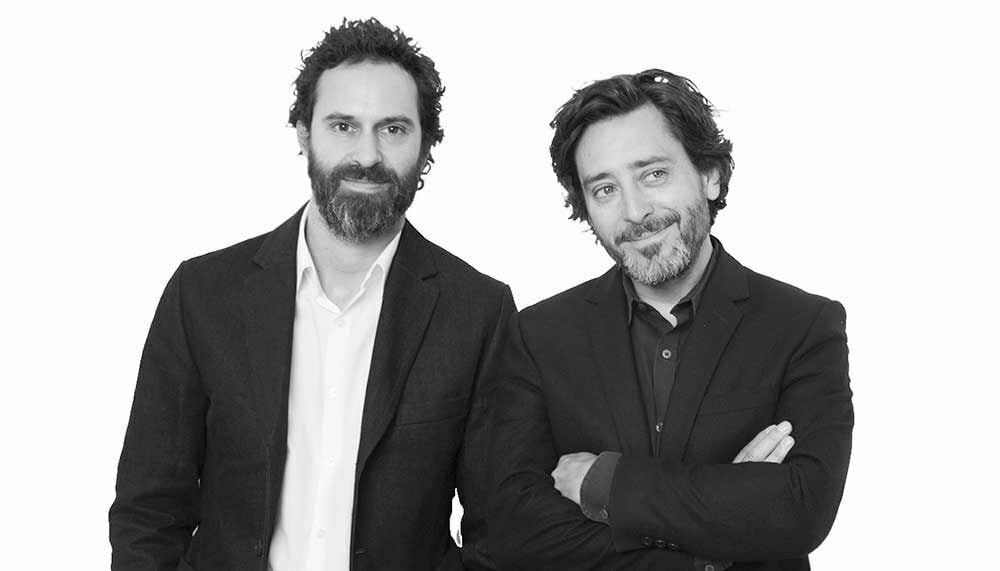 In terms of product range collaborations what is next on the cards?
In terms of product range collaborations what is next on the cards?
Our Vice President for Design Management Philippe Grohe is the creative eye. He’s a semi-professional photographer who is always on the lookout for best designers to work with. We have numerous collaborations in the pipeline, including one with Edward Barber and Jay Osgerby, both of whom created the Olympic torch design for the 2012 London Olympic Games 2012. They created a series called Axor 1. There will be more of such things to come. It’s in the blood of the brand [to offer] new designs and new innovations.
We don’t just prescribe design. There is a division in the company that does customisation in the forms of different colour surfaces (15 colours in total), and personal logos. We also cater also to individual tastes. Product customisations take an average of eight to 12 weeks.


